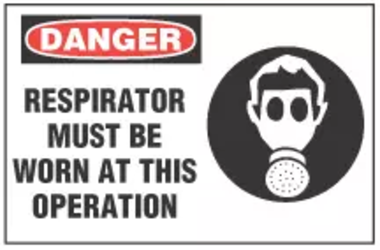
Respirators
According to OSHA 1910.134, Personal Protective Equipment, when engineering controls are neither feasible, available nor effective in preventing the breathing of harmful dusts, fumes, gases, vapors, sprays, etc., then appropriate respirators must be worn. The regulation goes on to say that the employer must provide each employee with respirators that are suitable and applicable for the purpose intended. There are respirators for virtually every type of operation. For example there are Air-Purifying -Atmosphere-Supplying; Escape Only Respirators to name just a few.
Wearing a respirator does not automatically mean that an employee is completely safe from the atmospheric conditions he or she is working in. The maximum use concentration (MUC) is determined by multiplying the assigned protection factor specified for a respirator by the required OSHA permissible exposure limit.
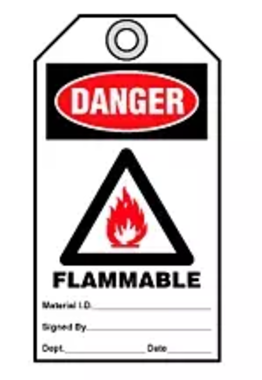
Fire Extinguisher Signs
Fire Extinguisher Signs
The OSHA Fire Protection regulation, 1910.157 states that “The employer shall provide portable fire extinguishers and shall mount, locate and identify them so that they are readily accessible to employees without subjecting the employees to possible injury.” In addition “Portable fire extinguishers shall be provided for employee use and selected and distributed based on the classes of anticipated workplace fires and on the size and degree of hazard which would affect their use.
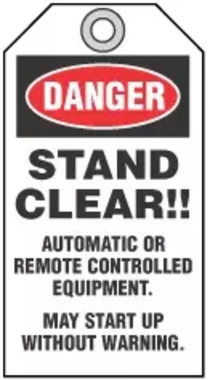
Preventing potential danger with Operational hazard tags
Among the most frequently cited standards by OSHA in 2013 include those involvingLockout:Tagout, Construction, Hazard Communication (including Right-to-Know,) Confined Space, Electrical Components and Equipment.Interesting enough, there are accidental prevention tags that contain verbiage and symbols to help reduce accidents for all of these categories and more. If only they were to be used properly, if at all.Accident Prevention tags can be used to specify rules; to specify procedures; to announce Danger or Caution situations; to announce hazardous conditions; to provide “Right-to-Know” information; to record important data, to name just a few.
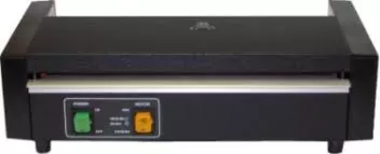
Desk-Top Laminators
There are many important items that need the quality long lasting plasticized protection that a desk top laminator delivers. Laminated materials provide protection from weather, abuse, chemical spills and tampering. There are 3 Desk-top laminator sizes: a 4” wide model that is suitable for wallet-sized ID Cards, personalized safety tags, business cards, file cards, driver’s licenses and luggage tags; a 10” wide model that is used for laminating legal and letter sized documents, price lists, signs, 3-hole loos leaf sheets, material safety data sheets and photos; a 12” wide model that is ideal for laminating chart size material and menus. Laminating materials that can be used include clear, matte finish and pressure-sensitive.
Clear Shrink Wrap Sleeve Labels
Shrink wrap
sleeve labels are rapidly growing in many industries. Made from polymer plastic
film, shrink wrap sleeves offer protection to packages and labels. They are
also used to bundle multiple items together. They are often used on bottles
drinks and various other packaged products.
continue reading
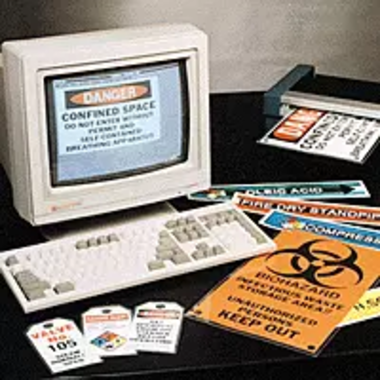
Q-Municator Signs: Creating Safety Signs from Your Computer
Spotting a
safety sign is hard to miss. They are practically everywhere you see them. They can be
found under the sink, on appliances and on the road. The main purpose of a
safety sign is to warn the viewer of a hazard or potential danger. You are likely to see several dozen different types of
safety signs along roads and highways when traveling. Most safety signs are symbol based, therefore
allowing for rapid recognition when driving or reading quickly.
continue reading
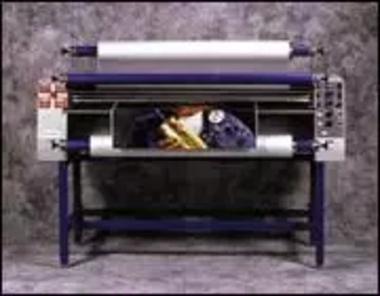
Roll Laminators for Safety Signs and Tags
Documents and plastic cards tend to wear out and fade after being used for a long period of time. Laminating and sealing anything between two sheets of plastic is an effective way to preserve and protect documents, photographs, business cards, posters, or any other piece of paper that is of value to you. If you wish to laminate something, there are a number of options available to you. Roll laminators, for instance, are the most professional and the most expensive models in the industry.
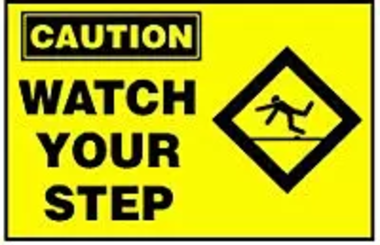
Personal Safety Signs can Prevent Accidents at Workplaces
In this modern
age of health and safety awareness, a lot of people are skeptical about most
health and safety rules. Some people may see it as overkill, bureaucracy gone mad and a
pointless creation of jobs. But, these signs if properly installed and observed
will prevent countless accidents both at work and at home, and the proper
implementation of personal protective equipment rules will minimize the risk of
injury at work in a variety of environments.
continue reading
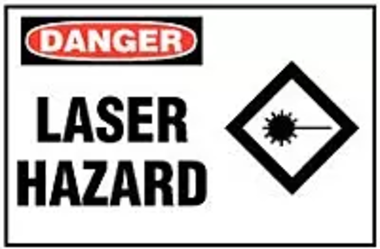
Radiation and Laser Safety
Lasers have
many applications these days. They are often used in scanners and detectors,
night vision optics, medical applications and industry. However, radiation
exposure from lasers can be a serious health risk and it
does exist in many items that we come in contact with on a regular basis, such
as microwave ovens and cellphones.
continue reading
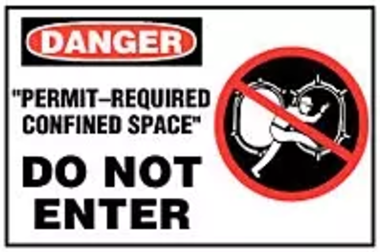
Safety Regulations for Restricted Areas and Confined Space
The OSHA Confined Space Regulation, CFR1910.146 is designed to prevent accidents to employees when working in a space where one has limited or restricted access for entry or exit and while in that area might meet up with liquids, gases or obstacles. Thus, a person entering a confined space must be fully trained in the hazards to be faced and must wear the appropriate protective clothing. The area is also constantly monitored for air quality. Before entering a confined space area, one has to receive a “Confined Space Permit.” To help the process along, a series of signs and tags have been created. They contain proper procedures to follow, Caution and Danger announcements as well as directions for those both entering the area or assisting in the operation.
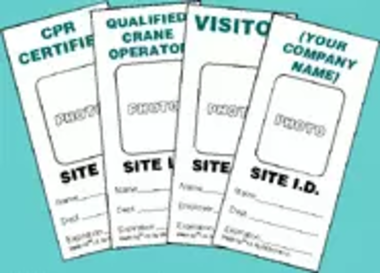
Head Protection and Hard Hat ID’s
Head protection is absolutely crucial for protecting construction industry workers from a wide array of hazards. Hard hats or helmets meeting ANSI standards should be worn any time when there is a risk of falling or moving objects, fixed objects such as exposed pipes or beams on which one might strike their head, or if there is a possibility of accidental contact with electrical hazards. Protective headgear should resist penetration, absorb the shock of a blow, resist water and burns, and display clear instructions.
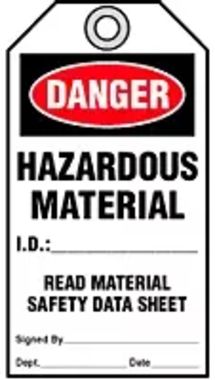
What You Need to Know About Chemical Safety
The use of
industrial chemicals in the workplace presents a danger to employees if the
products are not handled safely. OSHA has set up rules requiring the labeling
of chemicals by companies and employee training by employers to minimize the
risk of the chemicals. The Occupational Safety and Health Administration (OSHA)
is tasked to regulate the manufacture and transportation of all materials, including
hazardous ones. When a material is known to present a health or safety hazard, all
materials must be labeled so employees who must work with the material are
aware of its dangers.
continue reading
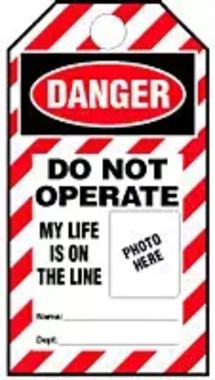
Laminated Safety Tags: Real Life Tags
Lamination provides the ultimate protection for mass-produced safety tags. Idesco Safety has a wide selection of OSHA approved laminated safety tags designed to withstand tough, dirty and greasy conditions. The durable polyester laminate resists water, grease and extreme temperatures. These laminated safety tags are easy to use. Simply attach these custom safety tags to machines, equipment and other devices to warn of dangers and communicate status.
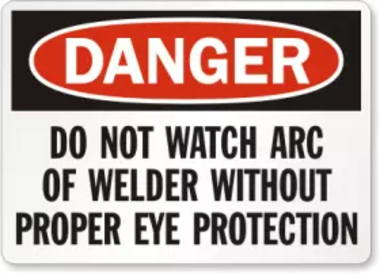
Welding Arc and Eye Protection
Welding can injure both the welder and others working nearby. Welding fumes, vapors, particulates and high intensity light all pose a threat to people that are exposed to them. Temporary or permanent damage to the eyes can result from welding depending on the length and type of exposure. Welding generates metal fumes, chemical gases and vapors. These chemicals can cause irritation of the outer layer of the eye and the cornea.
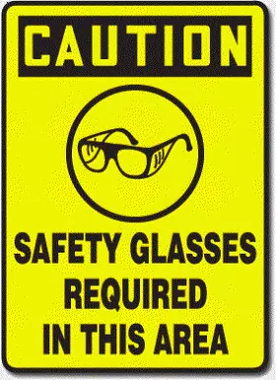
Safety Glasses
Thousands of people are yearly blinded from work-related eye injuries that could have been prevented with the proper selection and use of eye protection. Eye injuries alone cost more than $300 million per year in lost production time, medical expenses, and worker compensation. Eye and face protection is addressed in specific standards for the general industry, shipyard employment, long shoring, and the construction industry.